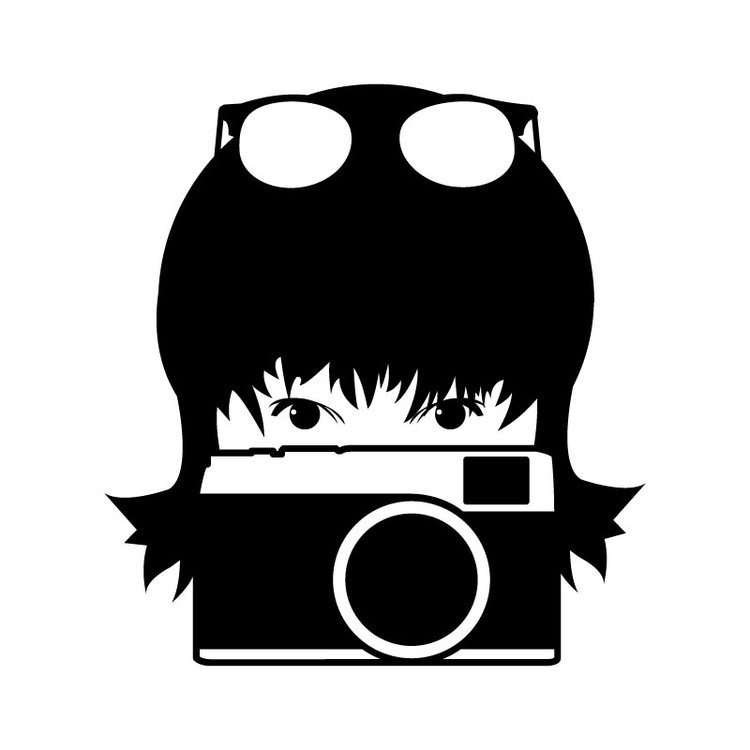Photo Workshop Frequently Asked Questions
What is the difference between a Street Photography workshop and a Visual Storytelling experience?
Street Photography workshops focus exclusively on capturing everyday moments in the pure tradition of the genre. With Valerie’s guidance, you’ll refine your skills in the art of capturing candid moments that convey the essence of daily life.
Visual Storytelling experiences, on the other hand, are typically longer and include the same street photography teachings, with an added focus on crafting evocative visual narratives through contemplative photography techniques. Think of it as an authentic approach to travel photography.
How many participants are there in each workshop?
There are 10 to 12 participants on each workshop. Occasionally there will be a special photographer guest on a workshop which is always a nice bonus for the participants.
I travel with a non-photographer spouse or friend, can they join me on the photo walks?
Only registered participants of the workshop are invited on the photo walks.
I travel with a non-photographer, can they join the meals included in the workshop?
Only participants are invited to the welcome and goodbye dinners. There are plenty of opportunities for the workshop participants to spend their free time with their non photographer travel companions outside of the workshop hours.
What is the difference between the full package and the tuition options?
Full package (Normandy Workshop) includes the workshop tuition and 6 nights in a luxury ***** hotel, all breakfast and some meals. All the other workshops are tuition only, and include some meals with the group.
How long are the photo walks each day?
Photo walks vary in length and remain flexible. On average we walk about 4 to 5 hours.
How are the photo walks organized?
We start as a group until we reach the point of interest. Then the group splits for a given amount of time and regroups. We walk to the next point of interest as a group and spread out again to shoot individually or two by two. Valerie remains available at all time to spend 1:1 time with students.
Why do I need to bring a computer or a tablet?
It is important that you look at your images daily in preparation for your critique session and also for your final selection to present on the last day of the workshop.
Do I need to do any post processing during the workshop?
The goal of the workshop is to teach you to put more intent in your photography and make decisions before you press the shutter. Although post processing is not necessary, you are welcome to use the software you are most familiar with.
What can I expect during the review session?
A review is never negative, but always constructive. It's the best way to learn and grow as a photographer.
